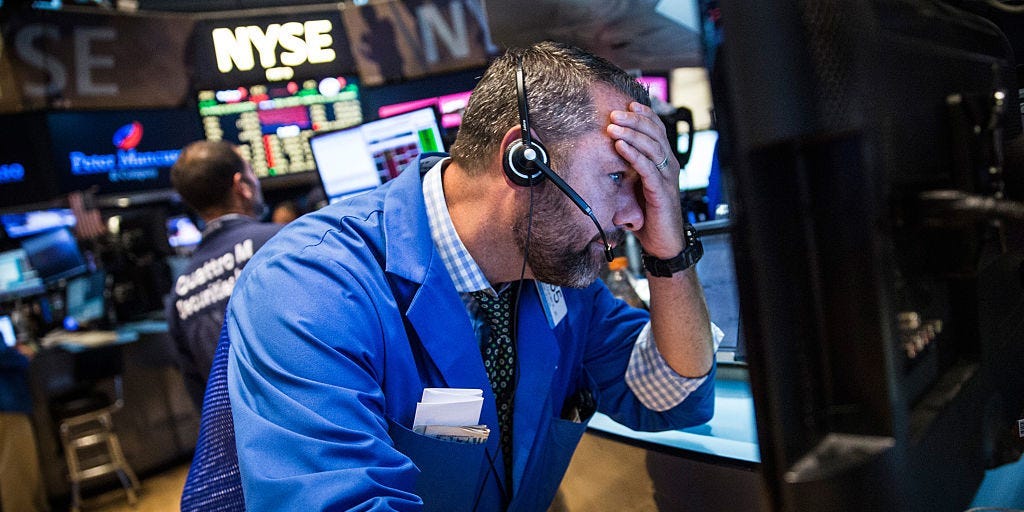The S&P 500 has not yet reached its bottom and could fall another 7%, according to a Stifel note.The research firm said equities “remain hostage” to the geopolitical risks surrounding Russia’s invasion of Ukraine.”Fluid geopolitics and stagflation risk indicate an S&P 500 floor closer to 4050,” Stifel said. Loading Something is loading.
The stock market has not yet found its bottom and has more downside ahead, according to a Sunday note from Stifel’s Barry Bannister.
He blamed the potential for stagflation and rising geopolitical risks as he lowered his first quarter S&P 500 price target to 4050 from 4200, representing potential downside of 7% from current levels. The S&P 500 hit a low of 4114 on February 24 before it recovered and moved higher later that day.
The stock market was already facing downside pressure from a Federal Reserve that is expected to begin raising interest rates next month, as well as high inflation and continued supply chain disruptions. But now, in addition to those risks, stocks “remain hostage” to longer-tailed risks surrounding Russia’s invasion of Ukraine.
The invasion has led to an escalation in sanctions against Russia from Western countries, and Russian President Vladimir Putin could strike back by limiting the sale of commodities to certain countries, according to the note.
“Russia is not without counter-sanctions. Official reserves of Russia of over $600 billion would cover two years of Russian imports, and we doubt the West (which struggled with a virus) could withstand two years of deprivation associated with Russia’s position as a major commodity supplier,” Bannister explained.
Russia is responsible for about 10% of the world’s oil production and is also a major supplier of the rare earth metal palladium, which is increasingly being used in the production of electronics and cars. Any commodity shortages driven by Russia would likely push prices even higher, hurt economic growth, and add to the already hot inflation readings.
That’s a perfect recipe for stagflation, in which inflation remains high while economic growth remains subdued.
Bannister concedes that the Fed could slow its pace of expected interest rate hikes in a bid to sustain economic growth, helping boost risk assets. But even if the Fed does slow down its expected rate hikes, that potential benefit is outweighed by the rising geopolitical risks and likelihood of tightening financial conditions.
Investors should position their portfolios to favor largely defensive industries like healthcare, consumer staples, utilities and telecom, rather than more cyclical industries in the financials, energy, industrials, basic materials, technology, and consumer discretionary sectors, Bannister said.
“Investors remain captive to news flow. We would be especially watchful of Russian counter-moves with respect to western access to commodities,” he said.
Deal icon An icon in the shape of a lightning bolt. Keep reading
More: MI Exclusive Stock Market Outlook Stock Market Analysis stock market 2022 Chevron icon It indicates an expandable section or menu, or sometimes previous / next navigation options.
